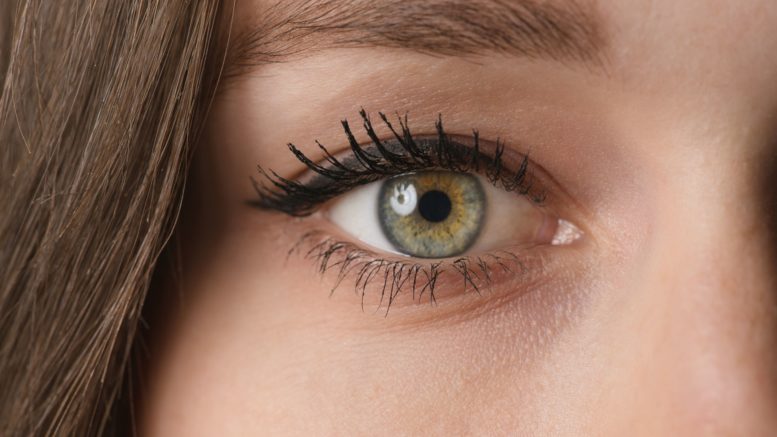SARS-CoV-2, the causative agent of COVID-19, is thought to transmit and begin infection in the upper respiratory tract. For this reason, the use of face masks has been recommended for the general public. However, it remains unclear whether infection can also be initiated from the eye, thus requiring additional protective measures.
In a new paper, "SARS-CoV-2 infects human adult donor eyes and hESC-derived ocular epithelium," researchers from the Icahn School of Medicine at Mount Sinai, New York, and other coauthors found that cells in the eye can be directly infected by SARS-CoV-2.
Authors Timothy Blenkinsop, PhD, assistant professor of cell, developmental and regenerative biology, and Benjamin tenOever, PhD, professor of microbiology at the Icahn School of Medicine at Mount Sinai, say the findings have an immediate impact on preventive measures to help mitigate the spread of COVID-19 and support new guidance for eye protection that can be instituted worldwide.
The researchers studied adult human eyes in an in vitro stem cell model. Eyes were exposed to SARS-CoV-2 and studied after 24 hours. The study evaluated whether SARS-CoV-2 could infect both tissues and primary cells in the eye.
The donor cells were infected with SARS-CoV-2 and then analyzed through RNA sequencing. The sequences were then mapped to the human genome and compared to non-infected control cells from adult tissues. The expression of the exposed cell where then evaluated. Contracting the virus through the eye could also be corroborated using a small animal model in independent work done Ramus Møller in the tenOever lab.
The researchers concluded that SARS-CoV-2 can infect surface cells of the eye. The exposed cells revealed the presence of infection-associated proteins including ACE2, the virus receptor, and TMPRSS2, an enzyme which allows viral entry. IFNβ, a protein that has antiviral and antibacterial properties, was also found to be suppressed from the exposure to the virus. Additionally, the researchers found that ocular surface cells, particularly the limbus, were susceptible to infection, while the central cornea was less vulnerable.
"We hope this new data results in additional measures to protect the eyes," says Blenkinsop. "We also intend to use these models to test approaches to prevent ocular infections."
As tenOever noted, "This work was the result of a very productive collaboration from two very different scientific programs. More importantly, the data generated not only adds to our understanding concerning the biology of SARS-CoV-2, but the results also highlight the importance of washing hands, as rubbing one's eyes should now be viewed as an entry point for infection.
Source: Icahn School of Medicine at Mount Sinai

Be the first to comment on "Study Shows Direct Evidence That SARS-CoV-2 Can Infect Cells in the Eye"